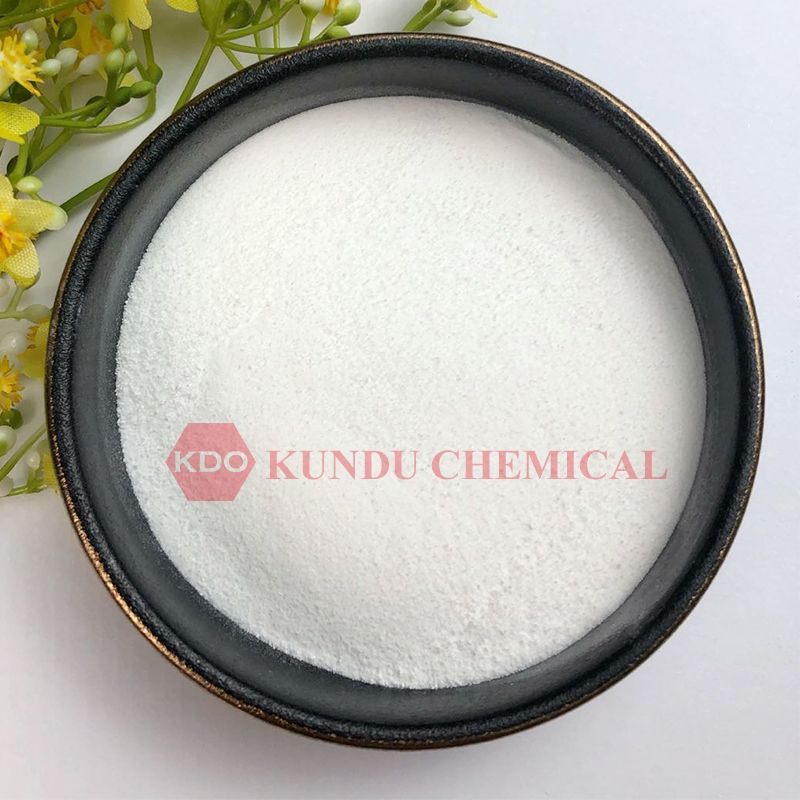Redispersible Polymer Powder (RDP) is a cutting-edge additive that has gained significant traction in the construction sector. It is derived from various polymers, such as vinyl acetate ethylene (VAE), acrylics, and styrene-butadiene (SB), which are emulsified and spray-dried to form a fine powder. The distinguishing feature of RDP lies in its ability to disperse in water and form a stable emulsion, similar to the original polymer dispersion. This attribute sets it apart from traditional polymer dispersions, which can coagulate or settle over time.

The versatility and benefits of RDP span a broad spectrum of construction applications:
Improved Flexibility and Crack Resistance: When incorporated into construction materials like mortars, tile adhesives, and grouts, RDP imparts exceptional flexibility and crack resistance. It reduces the risk of cracks forming due to temperature changes, settlement, or external stress, ensuring the longevity and durability of structures.
Enhanced Water Resistance: RDP-enhanced materials exhibit enhanced water resistance, making them suitable for areas prone to moisture exposure, such as bathrooms, kitchens, and outdoor installations. This water-resistant property helps prevent deterioration, mold growth, and degradation over time.
Adhesion and Bonding Strength: RDP's adhesive properties contribute to stronger bonding between different building materials. This is particularly valuable when used in tile adhesives, enabling tiles to remain securely affixed to surfaces even under heavy loads and varying conditions.
Workability and Ease of Application: Construction materials formulated with RDP demonstrate improved workability, making them easier to mix, apply, and shape. This workability enhances the efficiency of construction processes while minimizing errors and material wastage.
Reduced Shrinkage: The addition of RDP to cement-based formulations reduces shrinkage, which is especially beneficial in large-scale applications like concrete repair and restoration. Minimized shrinkage contributes to improved structural integrity and aesthetics.
RDP's positive impact isn't confined to performance alone. Its incorporation into construction materials aligns with the principles of sustainable construction:
Longevity and Reduced Maintenance: Structures fortified with RDP-based materials tend to exhibit extended lifespans, reducing the need for frequent repairs and replacements. This translates to reduced resource consumption and waste generation over time.
Energy Efficiency: By contributing to the durability and energy efficiency of buildings, RDP indirectly contributes to lowered energy consumption. Structures with enhanced thermal properties require less energy for heating and cooling, thereby minimizing their carbon footprint.
The applications of RDP extend beyond traditional construction materials. It finds utility in textiles, paints, coatings, and even pharmaceuticals. Its adaptability and transformative properties continue to inspire researchers and manufacturers to explore new avenues and innovations.
In conclusion, Redispersible Polymer Powder (RDP) exemplifies the convergence of scientific advancement and practical application in the construction industry. Its ability to enhance flexibility, adhesion, and water resistance in construction materials reshapes the way structures are built and maintained. By promoting longevity, sustainability, and efficiency, RDP stands as a true testament to the potential of innovative materials in shaping the future of construction and beyond. As the realm of materials science continues to evolve, RDP remains a cornerstone of progress, redefining the possibilities of what can be achieved in the world of construction.
Previous: Sodium Alginate; CAS No.: 9005-38-3
Next: From Vinegar to Industry: The Remarkable Journey of the Acetic Acid Plant
Copyright:@2020-2021
Comments Please sign in or sign up to post.
0
0 of 500 characters used